Inclusivity is becoming a more achievable goal, thanks to innovations in artificial intelligence (AI).
It’s fair to say: AI, while not being new, has certainly matured in recent years.
The opportunities and challenges that come with AI are being debated constantly in today’s press. Generative AI in particular has been suggested as the new bogeyman in the world of creativity, as well as being the cyber threat actor’s new partner-in-crime.
Though it’s true that GenAI is being used for nefarious purposes, there are a lot of wholesome applications being developed as well. AI, in all its forms, can be used for good too!
In this article, we’re throwing the spotlight on some interesting case studies to give you some great ideas of niches to explore as Managed Service Providers (MSPs).
The Inclusion Gap – What is it?
When we talk about an inclusive society where opportunities are equitable for all, what do we mean? A diverse society, or workplace, offers many benefits. So, inclusion is something to strive towards, in any industry.
It’s often easier to spot a lack of representation when we’re talking about gender or ethnicity. The gaps are easier to spot when you can see a lack of diversity in the room. For instance, we are aware of a lack of women, among other groups, entering STEM careers (Science, Technology, Engineering and Mathematics).
For people with a disability or neurodiversity, the inclusivity gap often requires specialist tools to lessen that divide.
As technology providers today, we are in a unique position to help in removing some of these barriers. Thanks in part to innovations in artificial intelligence and machine learning.
Society can benefit from greater equity amongst its population, and we are better for it as a whole.
To quote Jesse Jackson: “When everyone is included, everyone wins.”
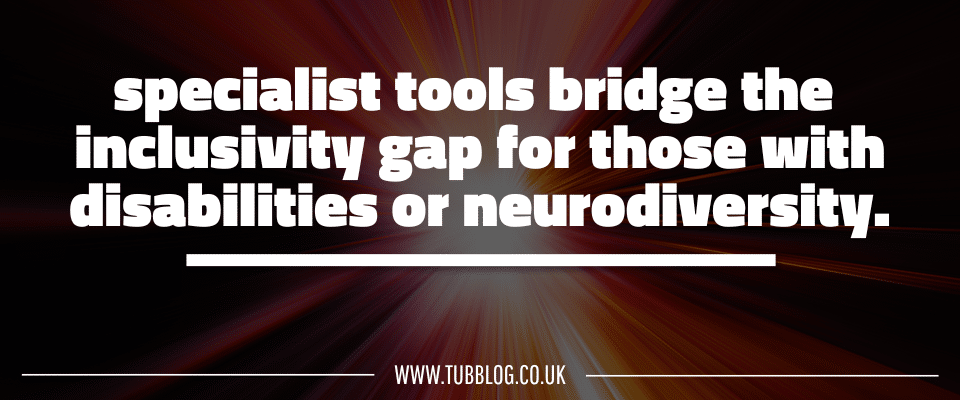
How AI is Making Inclusion Easier
It can be difficult to keep up with all the recent trends in AI. Therefore, we’ve highlighted just a fraction of the ways artificial intelligence is making lives easier for individuals living with additional physical and mental challenges.
Many of these examples are where AI is making a difference in terms of inclusion or improving the lives of individuals who need a little extra help.
We hope that some of these will change your mind about the negative image AI has, and will perhaps inspire you to explore new niches for your MSP.
AI is here to stay, and getting on the bandwagon early could be very lucrative for those MSPs taking a chance on this exciting technology. Especially when it’s for a worthy pursuit, such as improving quality of life for others.
Language Simplifiers, Translators and Alt-Text
Anywhere where communication can be improved is a great application for generative AI.
Alt-text provides descriptive text for the visually impaired, usually through the use of a reader. It converts an image on a webpage, for example, into an aural description.
AI smart glasses are becoming a powerful assistive technology thanks to AI. Not only can you read alt-text with them, but you can also have text translated into other languages. And with AI integration, you can ask questions about the content you’ve read, to improve your understanding.
ChatGPT has an extension for Google Chrome called Simplif.ai. This extension simplifies technical terms into easy-to-understand language. It’s an extremely powerful tool aiding people to conduct online research, but it can also be used by people with learning difficulties to navigate websites that use a lot of jargon or complex words.
Another great plugin for accessible reading is Dyslexie Font. It helps people with dyslexia or other cognitive impairments by improving the readability of text on websites and applications such as Office and Adobe suite.
Also worthy of mention are the tools that convert text into natural sounding speech. Thanks to AI, these apps make text-to-speech and audible content much easier to access, and offer an extensive range of voices and languages.
All of these technologies are great for the sight-impaired or dyslexic. Thereby narrowing the inclusion gap.
Research into Mental Health Disorders
One area AI excels in is processing language data and finding the patterns within.
Researchers at Oxford University and University College London have developed new tools, based on artificial intelligence language models, to better recognise and understand subtle signatures in the speech patterns of patients diagnosed with schizophrenia.
Researchers used AI language models to understand the choice of words individual participants produced, against a control group to see if there was a notable difference. In the tests, they found that the patients chose words that were less obviously related to each other.
Dr Matthew Nour, Clinical Lecturer in Psychiatry, said:
“This work shows the potential of applying AI language models to psychiatry – a medical field intimately related to language and meaning.
“Until very recently, the automatic analysis of language has been out of reach of doctors and scientists. However, with the advent of artificial intelligence (AI) language models such as ChatGPT, this situation is changing.”
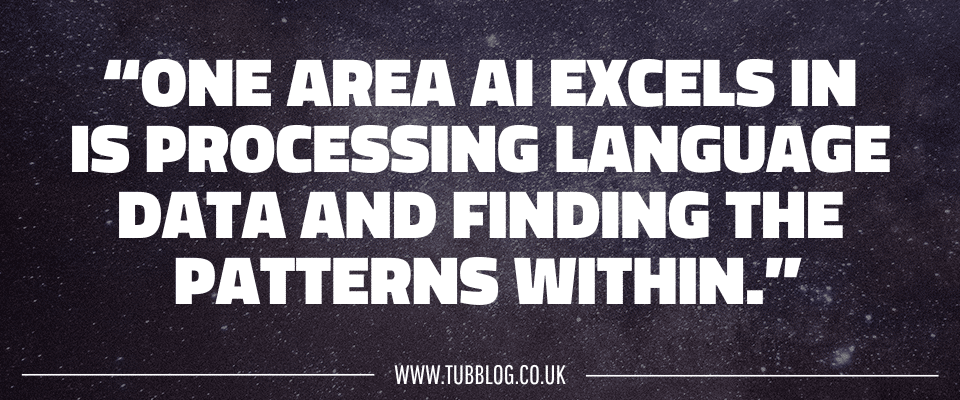
AI Chatbots for Support
AI-driven chatbots and virtual assistants have found a role in providing emotional support and assistance with mental health.
These bots provide critical first-line support for individuals where resources may be otherwise hard to access. The machine learning element of chatbots continue to improve their service as they recognise patterns based on natural language processing (NLP) and deep learning.
Mental Health Support Tools
Woebot and Wysa are two examples of platforms that use AI algorithms to provide mental health support on a personal scale.
They allow users to experience cognitive behavioural therapy (CBT) and emotional wellness guidance, starting a journey to better mental wellbeing.
Both Woebot and Wysa use conversational AI to help users work through stressors and worries in a safe space before things escalate. It leads on to structured CBT programmes before involving a human professional if more one-to-one coaching is required.
These tools have helped to bridge the gap in mental health services where resources are otherwise hard to access, including outside of work hours.
Cyber Victim Support
The Cyber Helpline is a charity that uses an AI chatbot, which is accessible 24/7 to support people suffering from cyber-crime, digital fraud or online harm.
The chatbot is able to diagnose exactly what the problem is, and how best to support you. It provides free, expert help to victims immediately, or can pass you onto a cybersecurity expert volunteer if further assistance in required.
 Subjects covered include:
Subjects covered include:
- Hacked online accounts
- Identity theft
- Card fraud and scams
- Malicious communications (phishing, smishing, vishing)
- Cyberstalking, bullying or harassment
- Revenge porn
- Online grooming
AI Advances in Prosthetics Helping to Narrow the Inclusion Gap
It’s not just in mental health and cognitive fields where AI is making great strides.
AI-powered prosthetics and exoskeletons use machine learning algorithms to adapt to the user’s movements. This allows the technology to maximise comfort and mobility, which gives the user greater independence.
This is a perfect example of where AI helps narrow the inclusion gap for acquired amputees or those born with congenital limb deficiencies.
Artificial Intelligence, alongside 3D printing technology, has allowed companies like Open Biotics, a company based in Bristol in the UK, to produce affordable prosthetics to clinicians based all over the world.
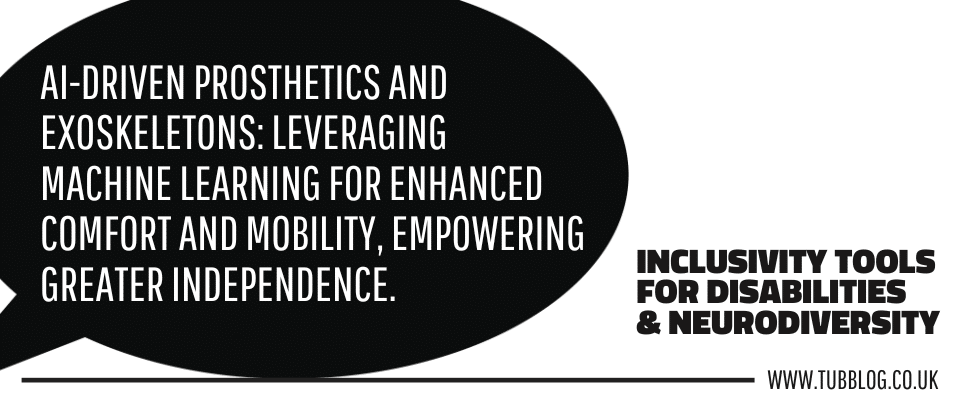
Early Diagnosis for Autism in Children
Autism was unheard of fifty years ago, despite the term being coined in 1910. Today, the challenge is with early diagnosis in children with development issues and, once again, availability of resources.
Canvas DX is an AI-driven diagnostic tool that allows healthcare providers to diagnose or rule-out autism in children aged 1.5 to 6 years.
It allows many more diagnoses to take place, reducing the time it takes to get a diagnosis for a child.
Presently, on average, girls are often diagnosed up to 18 months later than boys, so it’s narrowing the inclusion gap. Furthermore, it will help address the disparities in diagnoses for children from ethnic or deprived communities.
Part of their developmental roadmap is to treat autism using an AI communication tool capable of helping the child to navigate often overwhelming social cues. Improving interactions and language makes it less likely their development will suffer, thereby closing the inclusion gap.
How AI Apps are Levelling the Playing Field for the Neurodiverse
Neurodiversity is a category for people whose brains work slightly differently. It includes people with autism, ADHD, dyslexia and many more.
For both children and adults, there are some excellent AI tools out there to help those on the neurodivergent spectrum to form better connections between objects and language.
These connections are essential for children to learn and excel in school, and for adults to adapt to their working environment, but it’s important for their everyday lives too.
InnerVoice is an app by iTherapy, which allows the user to scan an object with their phone’s camera. The app explains what the object is and demonstrates how it’s used through gifs.
Other features include a text-to-speech avatar of the user which emulates how they would speak. This is very useful for non-verbal children or those with speaking difficulties.
Other tools, which are aimed at adults, have been designed to help them connect with their environment in a language that they can better understand.
GoblinTools are a collection of small, simple, single-task tools. They’re mostly designed to help neurodivergent people with tasks that they find overwhelming or difficult.
The tools work with simple prompt boxes, taking what you’ve typed in and making suggestions on:
- Breaking things down into easier to manage tasks
- Formalising your language to help put your thoughts into words
- Estimating the time it will take you to complete and activity and setting the expectations
- Working out what you can cook with the ingredients you have in your home
The Risks to AI Growth
As the technology matures, AI will be challenged to bring forth greater diversity and accountability in the future.
Some earlier AI large language models (LLMs) were revealed to have a racial, cultural or social bias. So, developers will need to be more watchful of the results their products churn out, to avoid a backlash.
The UK AI Safety Summit in November 2023 will raise a lot of questions which developers will have to carefully think about.
The guardrails on AI data models used in those countries taking part in the summit will require careful consideration. And as more nations catch up across the globe, regulations will get tighter and more complex.
The increased use of AI in cybercrime is also a risk not to be ignored. LLMs are enabling cyber criminals to launch phishing campaigns at a much greater scale than before, and in multiple languages.
If used maliciously, these tools possess an ability to learn from their mistakes. So in future, it will become much harder to spot fraud, bias and misinformation in AI-powered systems.
And let’s not forget what Elon Musk had to say about the dangers of AI:
“It’s not clear we can control it, but we can aspire to guide it in a direction that’s beneficial to humanity.”
There is always that danger, no matter how unlikely, that the plug may need to be pulled on AI. However, the opportunities that AI present to our world cannot be ignored.
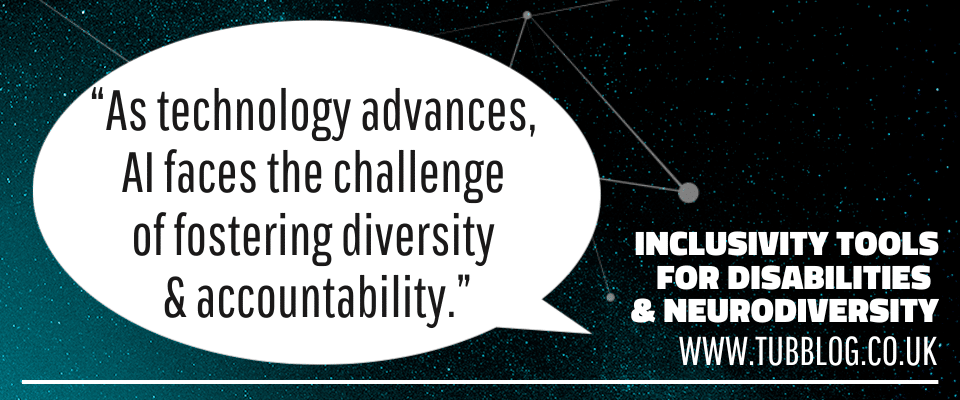
Conclusion
The secret to finding the niches where inclusivity is concerned is to find the roadblocks in way of access to services.
If you’re an MSP developing your own chatbot, or you’re considering adopting AI as part of your offering, there are many organisations out there that could benefit from your IT expertise.
Although artificial intelligence has been perceived as a threat to many, it also presents numerous opportunities to improve the lives of others. By providing access to essential services and closing the inclusion gap, AI is making the world a better place too.
Therefore, as technology providers, it’s a good idea to be aware of the opportunities here to explore niches like this.
AI has become such an important technology in our daily lives that’s it’s been given an entry in the Collins English Dictionary!
Are you offering an AI solutions as part of your stack to your customers? Is there a niche that you’ve gone into because of adopting a new AI-driven tool for one client, which has opened up similar opportunities with other clients? We would love to hear your story in the comments.
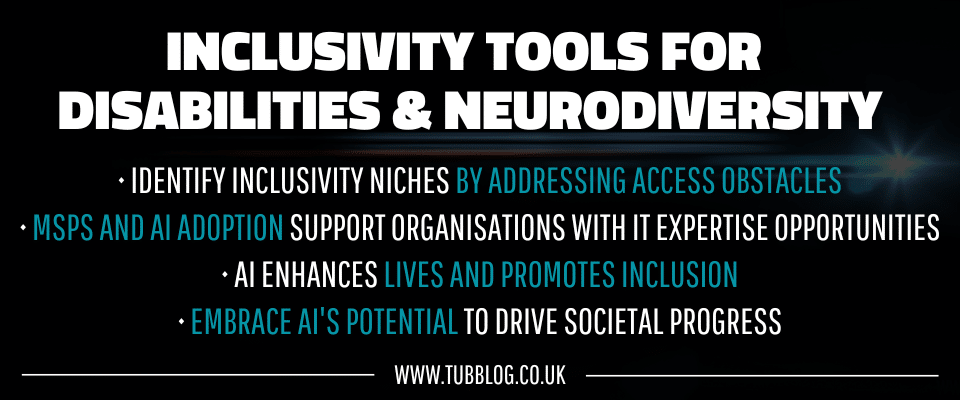
Items Mentioned in This Article
- Woebot
- Wysa
- The Cyber Helpline
- ChatGPT for Technical Text: Simplifi.ai
- Dyslexie Font
- OpenAI ChatGPT
- Open Biotics
- GoblinTools

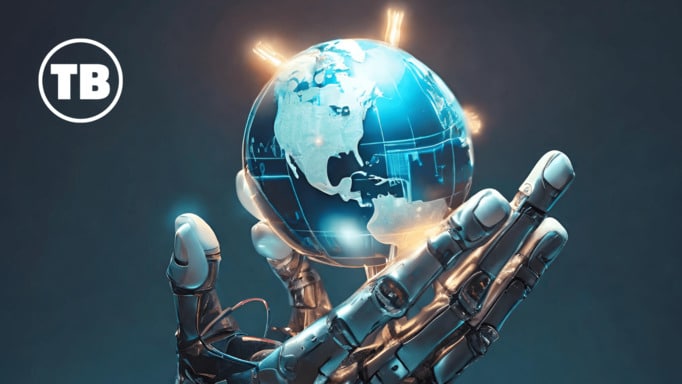











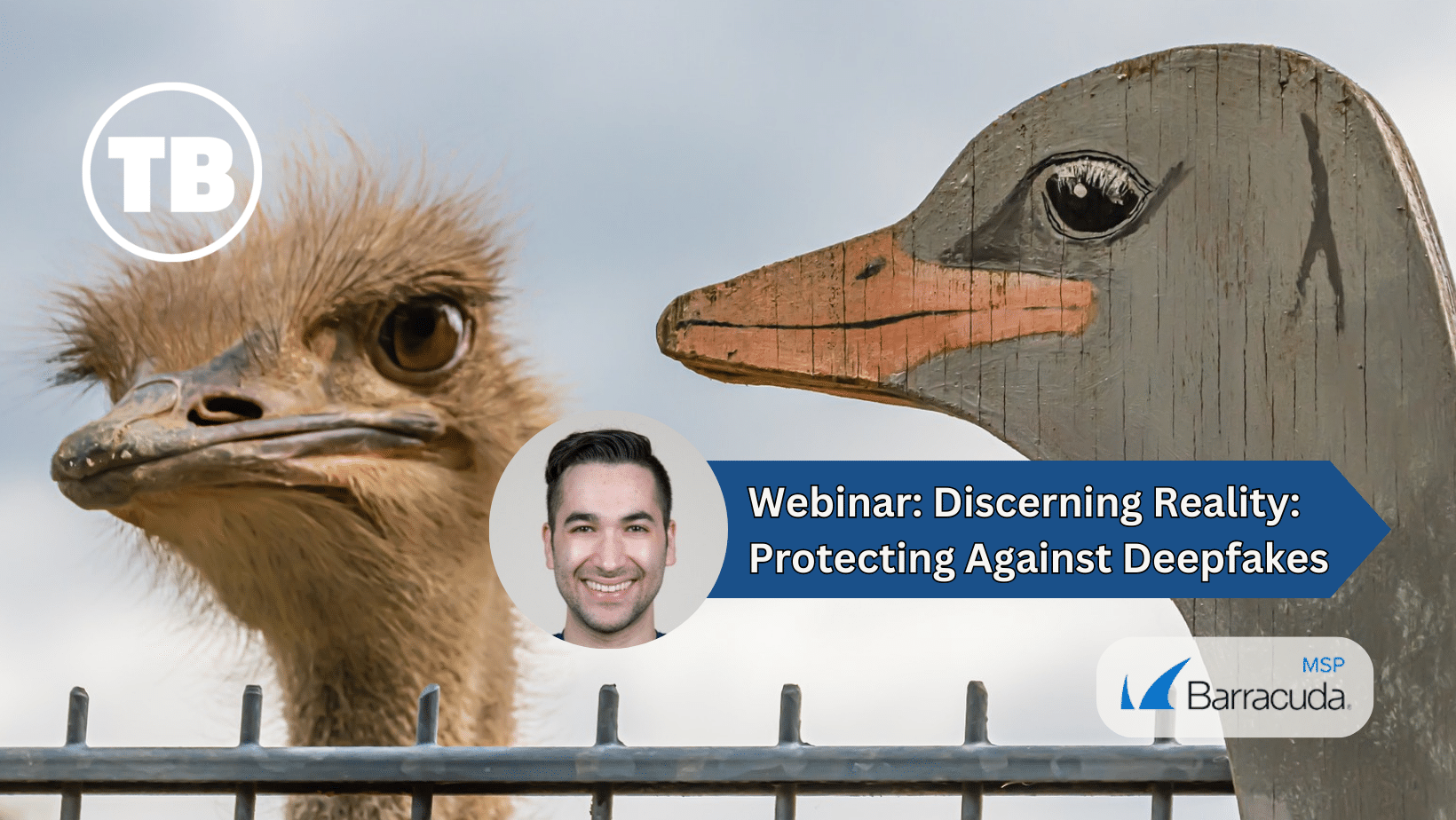
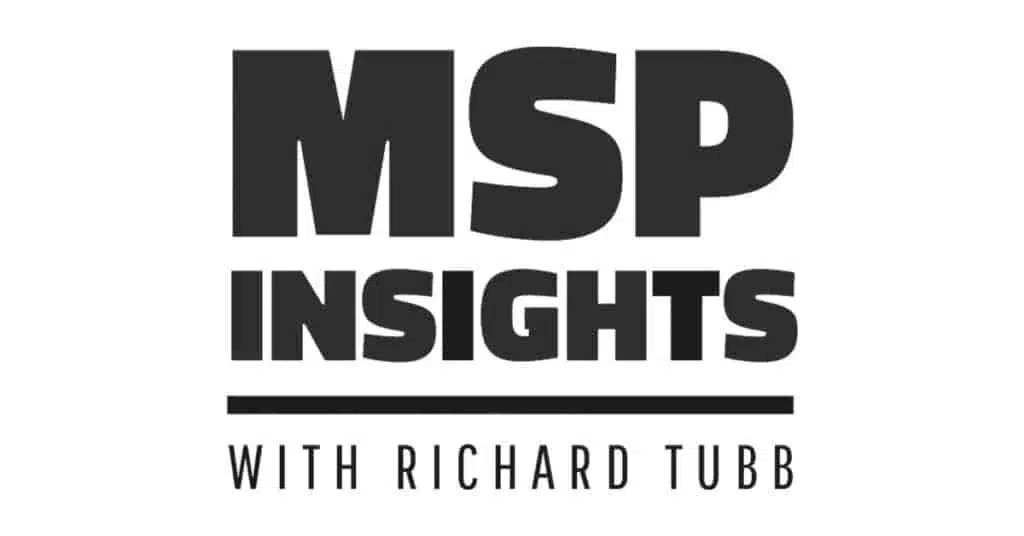
Comments